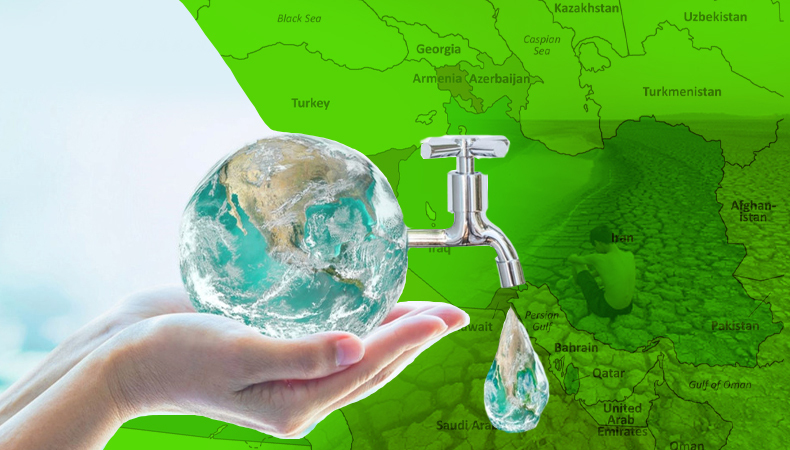Mapping water stress across MENA countries on World Water Day

This World Water Day, celebrated each year on March 22, let’s measure the world’s progress towards offering every human clean, affordable, and accessible water.
One in 4 people across the globe, or a whopping 2.3 billion individuals, live in water-stressed countries, according to UN-Water. The widely used term ‘water stress’ refers to the proportion of freshwater usage compared with renewable freshwater sources.
When the quantity of water withdrawn surpasses the quantity available in nature, a country is either extensively relying on the desalination water production or is imposing great stress on nature and depleting its aquifers faster than they can be replenished.
Did you know that the Middle East and North Africa region is home to seven out of the 10 most water-stressed countries? The average water stress level in these countries is an alarming 820%, implying that the annual water usage is at least eight times greater than the water supply from renewable sources.
Read | Saudi Arabia announces the holy month of Ramadan to start on March 23
The Middle East is known for its dry and arid climate with high temperatures and low rainfall. In an effort to offer their residents enough water, a number of countries in the region, particularly the ones in the Gulf, depend on desalination.
As of 2017, Egypt, Bahrain, and the United Arab Emirates were the countries with the highest water stress levels, with figures of around 6,420%, 3,878%, and 1,708%, respectively. And over the past 30 years, water stress levels in the region more than doubled from 8,411% in 1987 to a troublesome 16,422% in 2017.
Over the past 40 years, water stress levels in Egypt – a country with a population of over 100 million people – have increased from 4,897% in 1977 to 6,420% in 2017. It is facing an annual water deficit of roughly 247 billion cubic feet and eventually could run out of water by 2026. Egyptians rely heavily on the Nile River, a water source originating outside its borders.
Factors like increasing temperatures, rising demand for water, and the construction of dams (controversial, at times) have been blamed for the shrinking of a number of lakes across the Middle East in recent years. Lake Sawa in Iraq and Lake Urmia in neighbouring Iran are some of the most notable disappearing lakes in the region.




